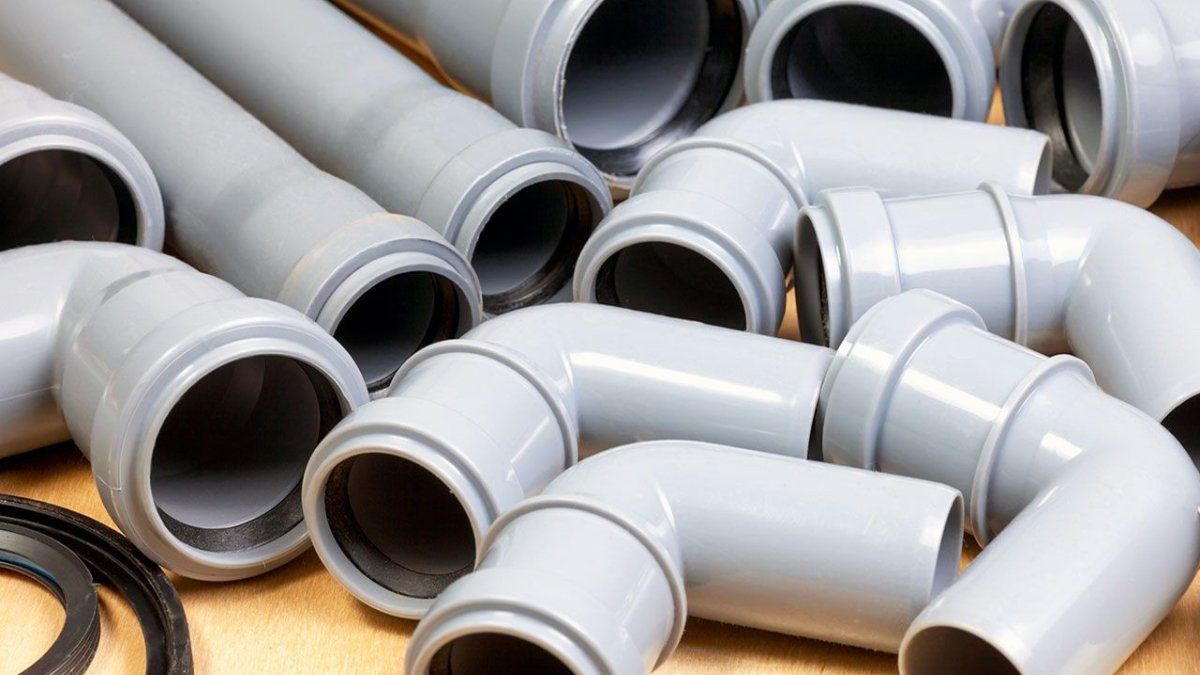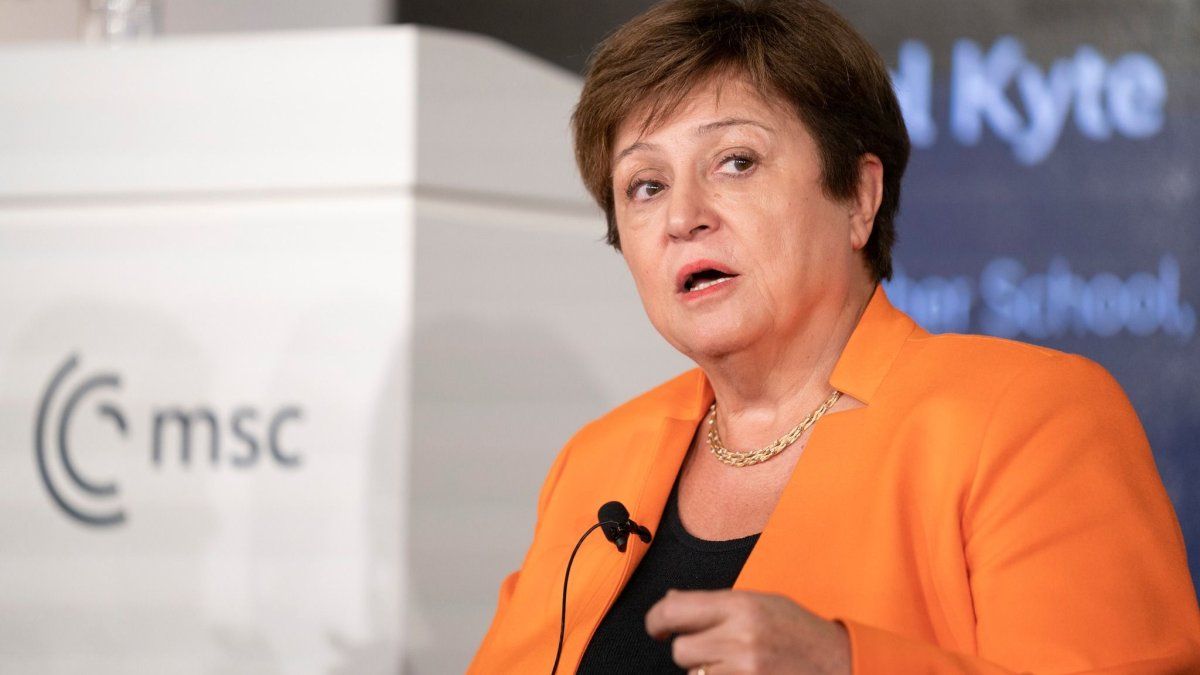The exam aims Evaluate whether it is necessary to maintain or modify anti -dumping measures. During the process, interested parties will be allowed to present their evidence and participate in the review. The resolution also establishes the notification corresponding to the parties and the publication of the results in the Official Gazette.
How was the procedure against vinyl chloride from China
Resolution No. 123 of 2020 of the former Ministry of Productive Development He imposed an anti -dumping measure on the imports of PVC profiles from China. This exam was renewed through Resolution No. 238 of 2014, applying the measure for 5 years.
The Tecnoperfiles SA firm requested the expiration review of the term of this measure. After analysis of prices and commercial data, the Undersecretariat of Foreign Trade concluded that there were elements to initiate the review of the case due to the probability of repetition of the damage, Considering Dumping margins of 57.83% in exports to Chile.
The National Foreign Commission confirmed that there were foundations for opening the exam, recommending Do not maintain the anti -dumping measure as long as the procedure lasts. In addition, he noted that China imports could damage the national industry when entering lower prices. Despite the low import market share, it was considered that without the anti -dumping measure, National prices could be negatively affected.
Changes in the anti -dumping regime: what is it and why it applies
The anti -dumping agreement It is created in 1994 and classify behaviors of “unfair competition”, Among them the dumpinga commercial practice based on export at a price below the one marketed in the country of origin or that they hardly cover the costs within the market where the product arrives.
Was achieved by the World Trade Organization (WTO), an international organism created under the Free trade mantle deployed in the 90s.
The measures can be applied only in those cases where the existence of damage to the national production branch and the causal link between damage and dumping is determined.
What is understood by damage to the national production branch? According to the National Foreign Trade (CNCE), an important existing damage; a threat of real and imminent damage; or a sensitive delay in the creation of a national production branch.
Argentina, below the main powers in anti -dumping rights
Luis Caputo He chose X, his favorite platform when sharing changes and implementations, to announce that will reduce the deadlines of future anti -dumping measureswhich will go from a maximum validity of 5 years with unlimited renovations to one of 3with a single Possibility of extension for 2 more years.
The base argument sustained by the national government is that The local business maintained a high level of protectionism for decades and that import restrictions should not extend for many years.
The former president of the CNCE Mayra White Provides relevant information to discuss this idea. First, since the agreement was put into practice until the second semester 2023, the WTO itself marks that The countries that have applied more anti -dumping rights are India (780 rights), United States (628) and countries made up of the European Union (363).
Argentina just occupies the fourth place of the ranking with 300 measuresvery close to Brazil (280) and then China (268). They are the developed economies or those that make up the Asian giant those that establish more anti -dumping measures or calls “developed economies of the center“
The country currently maintains It has 76 final measures and only a provisional. The magnitude of rights was also subject to distortion by the government.
The tariff load of the measures is also a reason for discussion within the economic team. According to the former head of the CNCE, Most tariffs are less than 100% On the import FOB value, while the maximum percentage is 378%.
“In addition, the value of the measure cannot be applied discretionally, since the calculation methodology is established by the WTO itself,” says Blanco.
Finally, every year in its annual report, the WTO estimates the universe of imports achieved by these rights: In 2022, last data, only 1.6% of total imports taxedwhile the historical average is 1.4%.
In general terms, Argentina’s measures are much more “girls” than in other countries, since they affect more specific products, already lower import volume, around 3%.
“It can hardly be considered that anti -dumping configure a “restriction” to importseither for the reasons that apply as for its reach, ”concludes the specialist.
Source: Ambito




